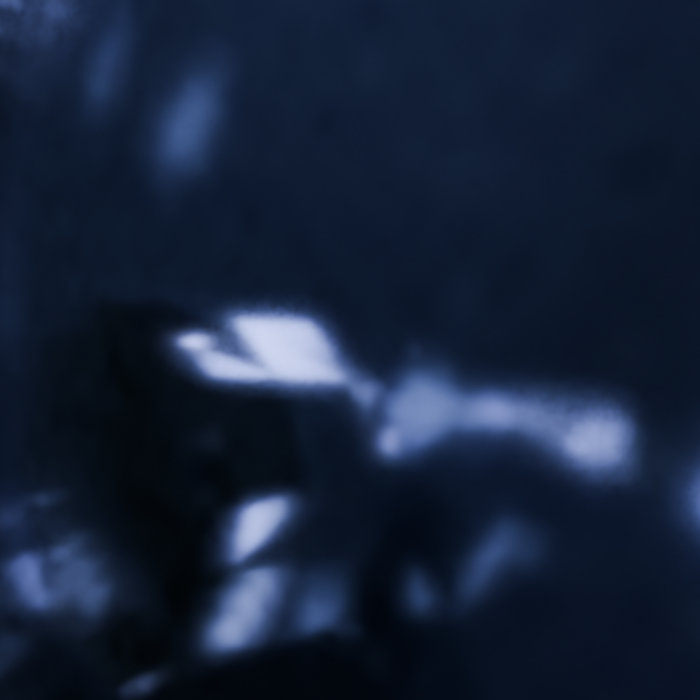What is Hackers' Pub?
Hackers' Pub is a place for software engineers to share their knowledge and experience with each other. It's also an ActivityPub-enabled social network, so you can follow your favorite hackers in the fediverse and get their latest posts in your feed.
















 A great opportunity to try out my new, 17 year old DSLR 📷
A great opportunity to try out my new, 17 year old DSLR 📷  It's so much fun to shoot with it! Been too many years since I last had an actual (digital) camera. Time to use it!
It's so much fun to shoot with it! Been too many years since I last had an actual (digital) camera. Time to use it! 


